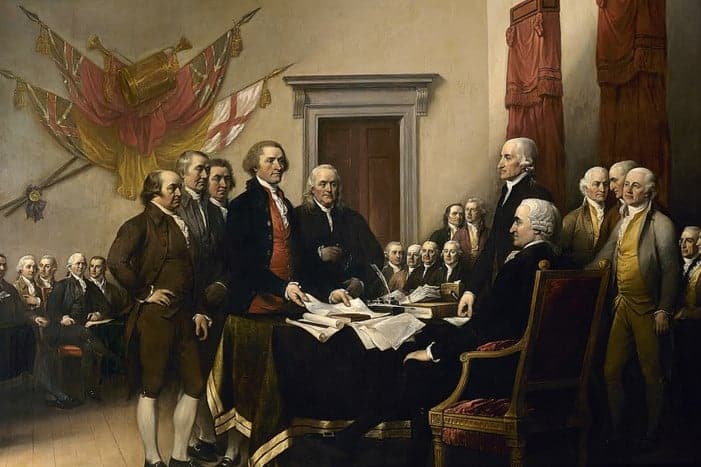2020 has hardly begun and we are in another recession. This time, we have more to worry about than job losses as this is a life-and-death situation. While this is truly frightening, we need to remember this is not the first time the United States has gone through an economic depression.
Since the country came into existence, there have been a total of 47 recessions, and we’ve recovered from every single one of them. If we did it before, we can do it again, no matter how long it may take to recover.

20. Panic of 1785
The Panic of 1785 was officially the first crash in our young nation’s economy. Right after the Revolutionary War, people were extremely optimistic, so there was an economic boom. People were taking out loans in order to start new businesses. There was no limit to how much they could borrow, so many people owed a tremendous amount of debt to the banks. But instead of trading goods and services amongst other states, Americans began to buy and sell goods from Great Britain, who had already built up a large infrastructure ready to buy products from their former colonies.

Unfortunately, England refused to make a commercial treaty with the United States. Without a real trade treaty, this cast doubt in people’s minds that they could sell their products. This caused people to panic. After this situation, the American people demanded a stronger sense of federal government in order to make this didn’t happen again. They began to trade amongst the states instead of looking for customers overseas. Eventually, the panic calmed down and all was well in the world (until 1789).
